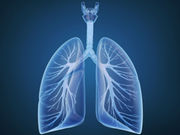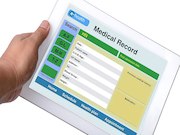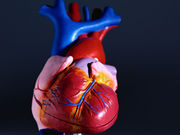Home 2018
Yearly Archives: 2018
Limited Evidence for Effect of Cranial Electrical Stimulation
No significant benefit for patients with fibromyalgia, pain; conflicting results for painful conditions
Opioid Use Linked to Risk of Invasive Pneumococcal Disease
Strongest associations seen for opioids that were long acting, of high potency, and used at high doses
Risk of Fatal Traffic Crashes Up After April 20 Cannabis Event
Increased risk of fatal crashes on cannabis celebration day in the U.S., especially among younger drivers
EHRs Not Sufficient to Ensure Success in Value-Based Care
EHRs do not necessarily capture information needed; interoperability is poor, analytics are incomplete
Cognitive Enhancement Therapy Beneficial for Adults With Autism
Participants treated with CET were significantly more likely to gain competitive employment
Open-Label Placebo May Reduce Fatigue in Cancer Survivors
Reductions seen in fatigue symptom severity and fatigue-related quality of life disruption
Mortality Up in Diabetes With Low eGFR, No Albuminuria
Mortality rates increasing among those with albumin-to-creatinine ratio <30 mg/g and low eGFR
Premature Dementia Risk May Be Up in Survivors of Heart Defects
Increased risk of dementia compared with general population, especially for early-onset dementia
Cause of Sudden Unexpected Infant Deaths Shifts in the U.S.
Decrease in SIDS, but spike in suffocation, strangulation; minimal decrease in overall rate
Ability to ID Face Paralysis in Others Increases With Severity
Observers more accurate in identifying paralysis in a smiling face, but not in ability to localize paralysis














